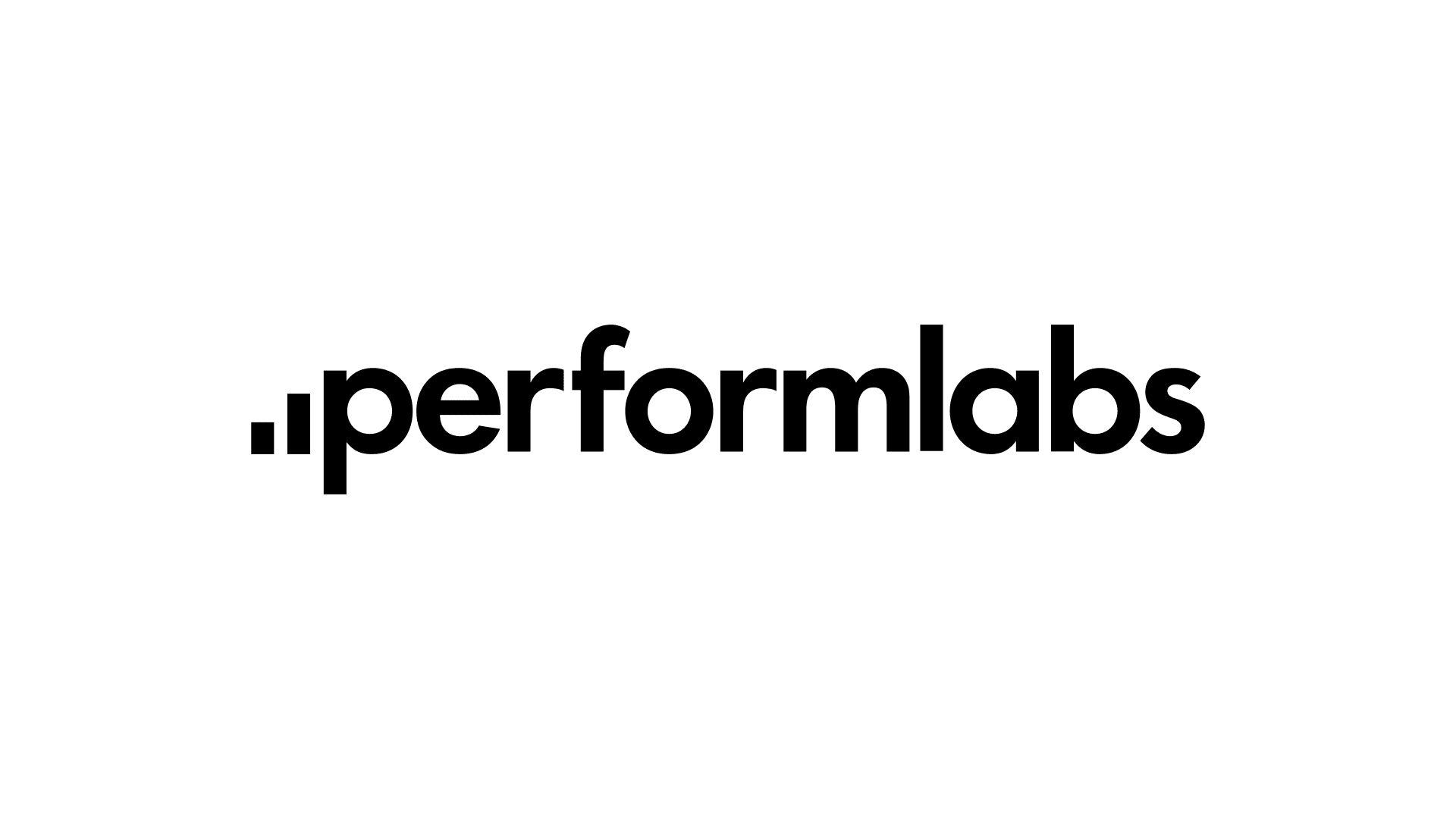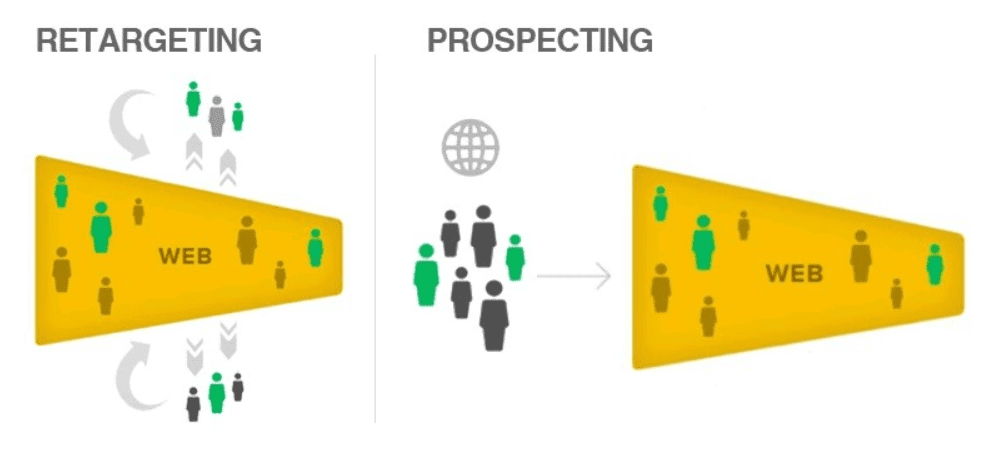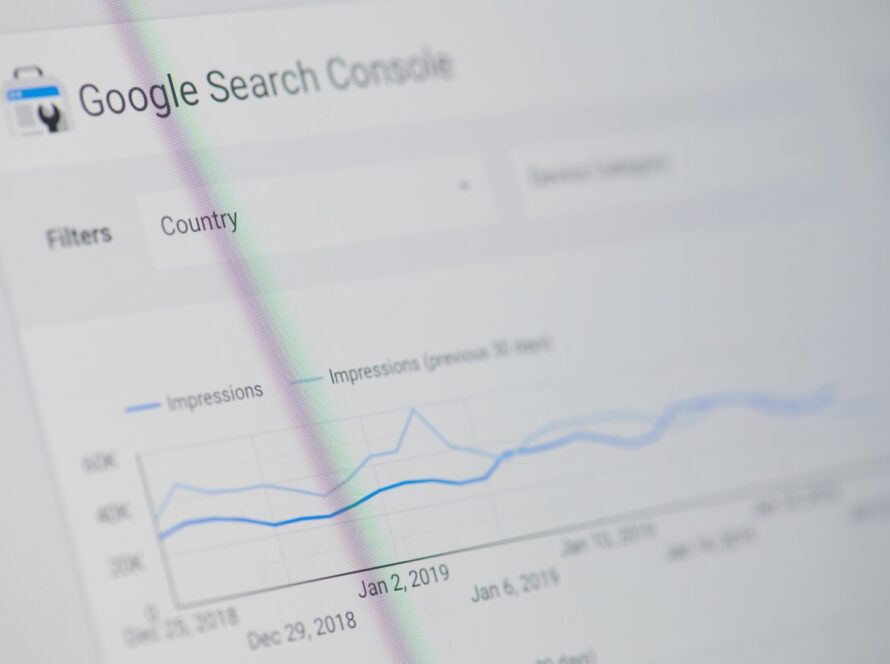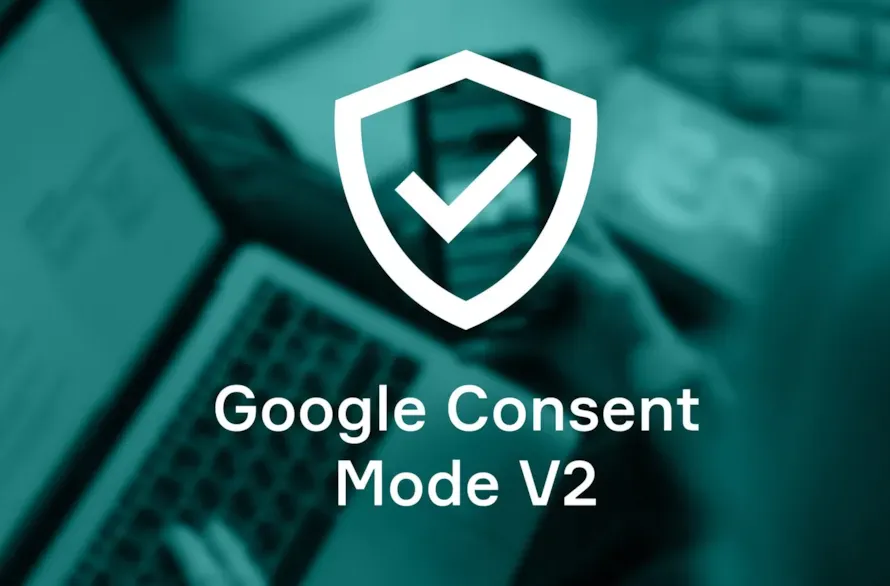Prospecting and retargeting are two crucial digital marketing methods for company success. In this article, we’ll explore the two strategies: how they vary, how to mix them, and how to use growth hacking techniques to get results.
Prospecting is the process of identifying new prospective customers or users while retargeting is the practice of targeting those who have already visited your website or engaged with your brand. Despite their differences, these two tactics work well together and may provide big effects when utilized appropriately.
How do you combine prospecting with retargeting?
Understanding the various methods and tactics is crucial for effectively integrating these two techniques. I’ll go over both tactics below, and it’s up to you to decide how to use them most effectively.
Prospecting:
To target and acquire new consumers, use demographics, interests, and user behaviors.
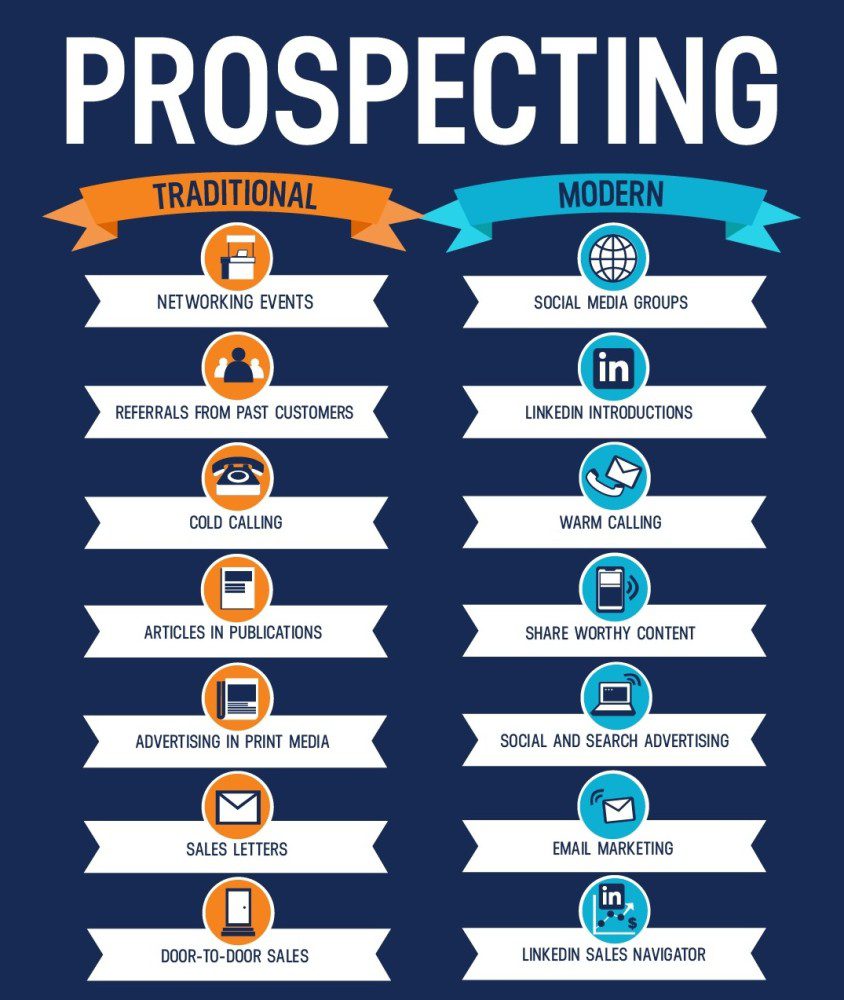

You can use a lookalike audience to find new prospective consumers who are similar to your current client base. Individuals whose profiles and behaviors align with your current target group or users who have previously expressed interest in your brand, product, or service comprise a look-alike audience. The goal of using a lookalike audience is to find new prospective customers who are similar to your current ones, thereby increasing your conversion and sales chances.
Here are a few techniques for using look-alike audiences in digital marketing:
- Define your audience source as a group of users whose traits you want to emulate in order to discover similar people. These might be people who have joined your email list, bought your product, or viewed a certain page on your website.
- Platforms such as Facebook and Google Ads (Google refers to lookalike audiences as “similar audiences”) enable you to build a lookalike audience from your current target group or user list. In Facebook Ads Manager, for example, you can quickly build a lookalike audience by importing an email list or utilizing data from site visitors collected via the Facebook Pixel. Similarly, Google Ads allows you to create a “similar audience” that targets your desired demographic.
- When building a lookalike (Meta) or similar (Google) audience, you may choose the level of resemblance between your source and lookalike audiences. A lower percentage of similarity (e.g., 1-2%) indicates that the lookalike audience will be more closely related to the features of your source audience, while a greater proportion (e.g., 5–10%) includes a wider range of individuals with a less accurate match.
- To improve results, try segmenting your lookalike audience based on demographics, interests, or activity. This enables you to build targeted ads and offers that better meet the requirements and tastes of each segment.
- Monitor the performance of your lookalike campaigns and constantly test alternative ad variants, offers, and target groups.
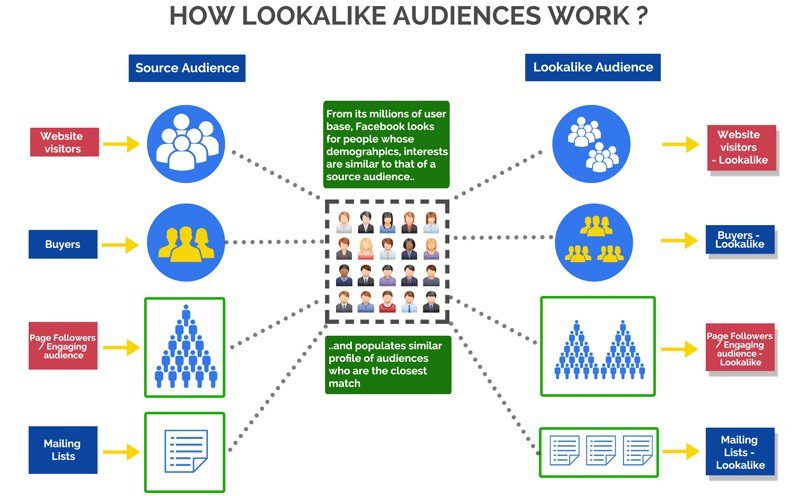

Prospecting aims to attract new people who haven’t previously engaged with your business. Targeting demographic groupings, hobbies, or behaviors relevant to your target audience often accomplishes this. Prospecting, unlike retargeting, aims to increase your prospective client base rather than re-engage current ones.
Here are a few suggestions to improve your prospecting strategy:
- Identify your ideal target group. Before beginning a prospecting effort, it is critical to determine the profile of your ideal target audience. Consider their demographics, interests, activities, and requirements while creating appropriate advertisements.
- Create interesting and high-quality content. To capture the attention of new visitors, your ads should be entertaining, educational, and visually attractive. Consider adding video material, interactive components, or infographics to differentiate yourself from your competitors.
- Test and optimize your advertisements. To get the greatest results, keep testing and optimizing your ads. A/B testing may help you identify which ad versions, text, and graphic aspects attract the most attention and result in the best conversion rates.
- Monitor and adjust. Track the outcomes of your prospecting activities to determine what works and what doesn’t. If specific components of your campaign are not producing the expected results, make adjustments or changes to enhance your plan.
Remarketing or retargeting?
Some people differentiate between remarketing and retargeting, two concepts often used interchangeably in digital marketing. Regardless of the nomenclature, both aim to re-engage consumers who have expressed interest in your brand, product, or service. However, their application varies somewhat.
- Remarketing is the process of reconnecting with consumers who have previously connected with your business, often via email marketing. As previously noted, the purpose of remarketing is to remind consumers of your offer, promote comparable items, educate them about specials, and drive repeat purchases. Google, on the other hand, refers to its retargeting efforts as remarketing, with the end goal of achieving the same campaign objective.
- In contrast, retargeting focuses on presenting targeted online advertising to people who have visited your website or app but have not completed a desired action (e.g., making a purchase, signing up for a newsletter, downloading an e-book). Retargeting campaigns employ tracking technology, such as cookies or pixels, to identify visitors to your website and display relevant ads as they explore other websites or use social media. The goal of retargeting is to remind consumers about your offer, encourage them to return to your website, and finish the conversion process.
Essentially, both remarketing and retargeting seek to divert user attention to your brand and drive conversion. The key difference is in the communication channels used. Remarketing is mostly based on email (except for Google), while retargeting employs targeted internet ads to re-engage consumers. This essay concentrates on retargeting since we already discussed remarketing in the context of email marketing automation.
Retargeting:
Use a variety of parameters to segment your retargeting audience, such as the number of pages visited, the time spent on the site, and the product category. Test several forms of retargeting advertisements, such as dynamic, video, and carousel ads, to see which one works best for your target demographic.
Creating tailored advertising and dedicated landing pages is a critical component of effective retargeting campaigns. We often find well-designed retargeting advertisements that, instead, link the visitor to the store’s homepage. These advertisements may capture the user’s interest and inspire them to click, yet they fail to convert. Furthermore, we see too-pushy landing pages that were not designed with the user’s requirements in mind.
Put yourself in the user’s shoes. You’re probably perplexed and upset since you don’t see what you anticipated. You’ll probably quit the site and never return. Unfortunately, this is a frequent experience among many internet marketers. Something as basic as attaching retargeting advertising to a dedicated post-click landing page may significantly increase the number of conversions and, more crucially, sales.
Retargeting is also a low-cost strategy since it directs your marketing dollars to those who have already interacted with your website. Compared to traditional display banner advertisements, you can target people in the early stages of buying, i.e., the research period before purchase.
You could take your retargeting techniques to the next level by attracting previously converted customers and offering them an upsell. Keep in mind that if they’ve once bought from you, they’re more likely to do so again since they enjoy what you’re offering.
Here are a few suggestions for boosting your retargeting efforts:
- Target customers who have shown a strong desire to buy: These are visitors who have filled out your contact form, added things to their basket, or visited several pages on your website. Users who have shown an interest in what you offer are more likely to interact with your retargeting advertising and complete a purchase.
- Create product-specific advertisements: Pixel tracking on your site allows you to know precisely which pages your visitors have visited and offer them targeted advertisements depending on the product pages they saw. You may have noticed advertisements for goods you saw earlier in the day following you around. Your exploration of their website’s product pages led to the delivery of that advertisement.
- Use the first-party data accessible to you: If you have not previously done so, connect your Google Analytics and Google Ads accounts. This enables you to generate retargeting lists or exclude people who have spent “X” amount of time on your website. After evaluating your site’s stats, you will be able to discover people who have shown a strong interest in what you provide.
- Be strategic and not intrusive. Banner fatigue is real, and it impacts your retargeting efforts. With over 198 million AdBlock users globally, it’s clear that display ads have been overused. To avoid bad brand associations, limit the number of times your advertising is presented to consumers.
Setting a budget for prospecting and retargeting:
Budgeting for these two tactics is dependent on your company’s objectives and existing performance. If you want to raise brand recognition and attract new consumers, consider allocating more resources to prospecting. However, if you want to generate repeat sales and establish consumer confidence, retargeting may be your top focus.
Of course, if your business or website is still in its early phases of growth, you cannot instantly focus all of your efforts on retargeting. At the outset, an 80:20 prospecting ratio may be the best method. Prospecting is, of course, the more costly portion, but it will help you acquire new consumers who you can then retarget. Over time and with continual testing, you may alter the balance in favor of retargeting efforts, resulting in a lower expenditure and an increase in the conversion rate.
Evaluating Success and Adjusting Strategies
To leverage the benefits of combining prospecting and retargeting, you must periodically assess the effectiveness of your efforts and adapt your methods accordingly. Monitor important data like conversions, return on ad spend (ROAS), and cost per acquisition (CPA) to determine which methods are most effective. With this information, you may fine-tune your efforts and increase their efficacy.
By including prospecting and retargeting in your efforts, you may generate big results while increasing your return on investment. Furthermore, you may efficiently expand your prospective consumer base, increase sales, and guarantee that your marketing budget yields the best results. Applying growth hacking techniques, continuous testing and optimization, and evaluating competition and market trends can all help you fine-tune your plans and thrive in digital marketing.
Using these tactics not only draws new users but also maintains connections with current customers, driving repeat purchases and increasing their confidence in your company. Essentially, combining retargeting with prospecting helps you cover all phases of the purchasing cycle, ensuring that your marketing efforts reach a larger audience. This allows you to constantly develop your online presence, thereby expanding and boosting your brand in the competitive digital world.
To remain ahead of the competition, keep up with the newest digital marketing trends and technologies. In addition, review your campaigns and outcomes on a regular basis in order to improve your tactics and obtain greater results in the future.
I hope this blog article has helped you grasp the significance of prospecting and retargeting, as well as how to effectively mix and implement them in your digital marketing initiatives. Good luck with your future marketing efforts!


